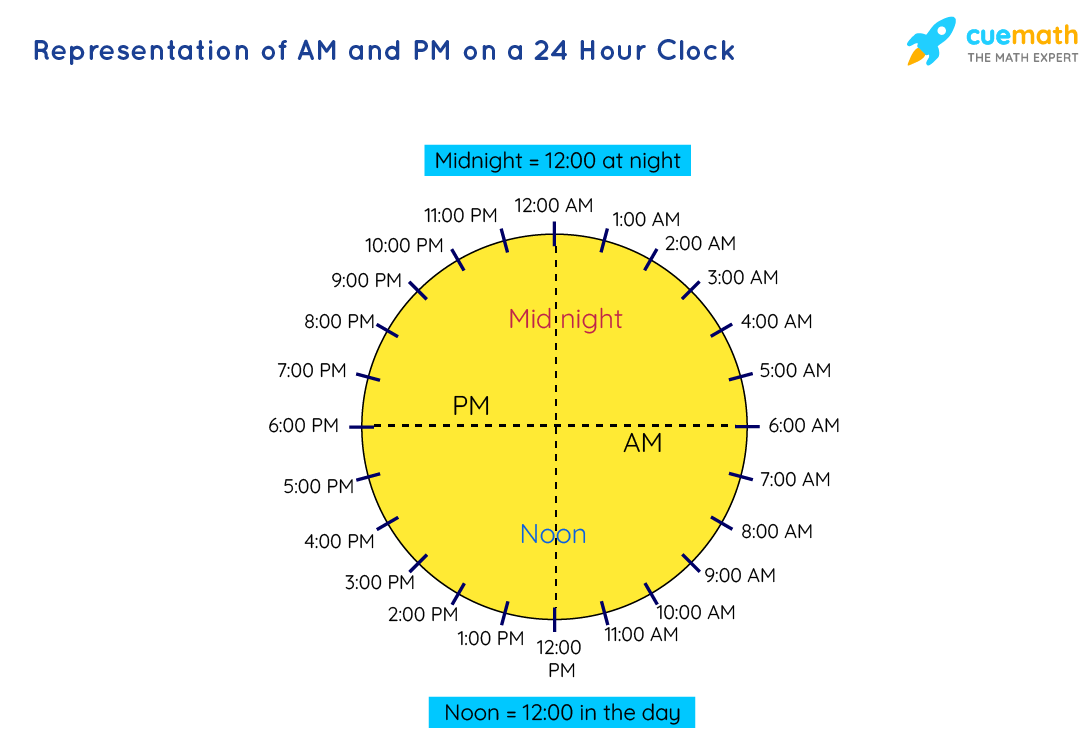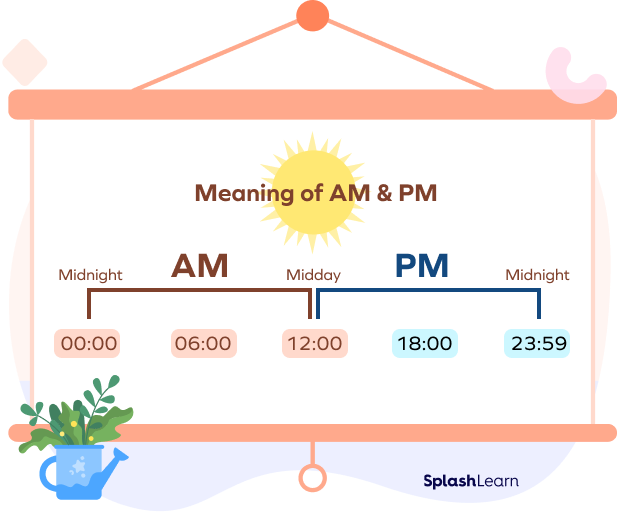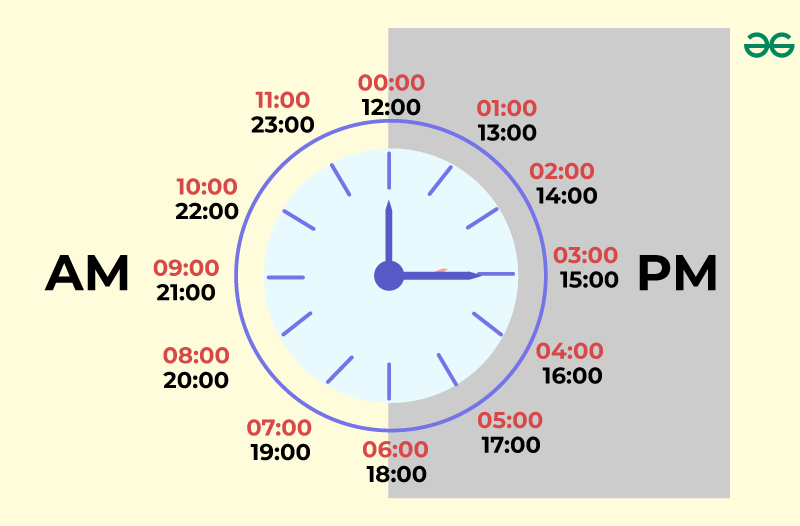It's a thought that crosses many minds, isn't it? The idea of knowing, or at least getting a sense of, how long our personal story might unfold. This natural curiosity about our future, and specifically our lifespan, has always been a part of the human experience. We often wonder about the big questions, and this one, about the span of our days, is certainly a significant one that tends to make us pause and think, in a way.
While no one holds a crystal ball to reveal the exact moment our time here concludes, we do live in a world filled with measurements and markers of time. From the way we tell the hours of the day to the tools we use to count down to important events, our lives are, you know, really shaped by how we track time. These daily rhythms, from the sun coming up to the moon appearing, give us a framework for understanding the passing moments, essentially.
So, when we consider something as personal as "when am I predicted to die," it might seem a bit distant from our everyday digital tools or how we manage our online activities. Yet, perhaps there's a subtle connection. The ways we calculate time, look at daily cycles, and even organize our online lives, can, sort of, offer different angles on how we perceive and value the moments we have, pretty much.
Table of Contents
- Understanding Life's Clockwork - When Am I Predicted to Die?
- Do Daily Time Markers Offer Clues to When Am I Predicted to Die?
- Calculating the Span of Existence - How Does It Relate to When Am I Predicted to Die?
- Life's Experiences and Their Value - A Different Angle on When Am I Predicted to Die?
- Taking Charge of Your Life's Journey - How Does It Affect When Am I Predicted to Die?
Understanding Life's Clockwork - When Am I Predicted to Die?
Thinking about how long we might live often brings us back to the basic ways we measure time. We have ways of marking the parts of a day, like calling the morning hours "am" and the afternoon or evening periods "pm." These short forms, whether you see them as "am," "a.m.," or "a.m.," help us organize our schedules. The time before midday is often shown as "am," and the time after midday is typically shortened to "pm." Many places, like timeanddate.com, use these simple ways to keep track of the hours. It's just a common way to talk about the different parts of a day, you know, to make sure everyone is on the same page for meetings or gatherings. So, in a way, this basic structuring of time helps us grasp the idea of periods, even when we are considering something as big as a whole lifetime.
Beyond just morning and evening, we also use a twenty-four-hour format, where midnight is often shown as 0:00. This system can be really helpful for clarity, especially when you need to be very precise. For example, a friend might suggest you arrive at the airport at 00:01 on April 13th, which is just after midnight, or at 23:59 on April 13th if they mean right before the next midnight. This kind of exactness in timekeeping, basically, highlights how much we rely on precise measurements for our plans. When we think about something as big as "when am I predicted to die," these small, consistent ways of marking time remind us that life itself is a collection of these precisely measured moments, each one flowing into the next, making up the full picture.
Do Daily Time Markers Offer Clues to When Am I Predicted to Die?
The Morning and Evening Hours
The everyday markings of time, like the difference between morning and evening, might seem too simple to connect with something as deep as "when am I predicted to die." Yet, these familiar distinctions, where "ante meridiem" is often seen as "am" and "post meridiem" as "pm," really shape our daily existence. They help us separate our wakeful hours from our resting ones, setting a rhythm for our lives. For instance, timeanddate.com, like many other sources, uses "am" and "pm" to help people tell time clearly. This constant presence of time notations, from the start of the day to its close, shows us that life unfolds in these regular, predictable cycles. It's a reminder that every day is a contained unit, and our lives are made up of many such units, each with its own beginning and end, kind of.
- Special Forces Show
- Lyrics To September By Earth Wind And Fire
- Julie Pitt Neal
- Cardi B Baby Name
- Jennifer Connelly Husband
When we consider the bigger picture of a lifetime, these smaller time segments, like the difference between "am" and "pm," become pretty significant. They represent the countless small periods that, when put together, form a whole life. The idea that you could arrive at an airport at 00:01 (12:01 am) on April 13th, or perhaps at 23:59 (11:59 pm) on April 13th for the next midnight, shows just how specific we can be with our timing. This precision, whether using the twelve-hour format or the twenty-four-hour clock, helps us manage our immediate future. It highlights how every single minute counts, and, you know, how these tiny increments build up to something much larger, which is our personal timeline, essentially.
Local Rhythms and Life's Flow
Our lives are deeply tied to specific places and the rhythms of those spots. Getting information about a place like Mesa, including its weather patterns, area codes, and how its time zone works, really grounds us in the here and now. We often look up details about the sun coming up and going down, or the moon appearing and disappearing, for places like Mesa. These natural occurrences, the daily rise and fall of celestial bodies, are fundamental markers of time's passage. They remind us that our existence is connected to the turning of the earth and the cycles of light and dark, basically. This connection to local time and natural cycles offers a subtle perspective on "when am I predicted to die," as it emphasizes that our life's span is lived within these broader, unchanging natural patterns.
Similarly, checking out the weather and time details for Arlington, or exploring its sunrise and sunset times, shows how much we rely on these local time facts. Each location has its own unique timing, its own set of daily light and shadow, which influences the lives of those who dwell there. Even the specific date and time of a new moon, like May 26, 2025, at 11:02 pm, is a precise moment in time that affects a particular location. These moments, tied to a place and a specific point on the clock, give us a sense of how our lives are, sort of, interwoven with the greater cosmic dance. They suggest that while we might wonder about our individual end, our time is also part of a much bigger, continuous flow, right?
Calculating the Span of Existence - How Does It Relate to When Am I Predicted to Die?
Figuring Out Time Between Events
One of the most direct ways we can think about "when am I predicted to die" using everyday tools is by looking at how we figure out the time between two moments. We have calculators that can tell us how many years, months, days, hours, minutes, and seconds there are from one point in time to another. This "duration calculator" is really good at showing the exact length between two dates. It's a tool that helps us quantify periods, whether it's for a project deadline or, in a more reflective sense, the stretch of a life. The very act of measuring how long something lasts, in such precise detail, makes us consider the finite nature of any given period, including our own lifespan, you know.
The ability to precisely measure the time that passes between any two chosen points in time can be quite thought-provoking. If you wanted to know the exact number of years, months, days, hours, minutes, and even seconds between your birth and a potential future date, these tools provide that clarity. They strip away the abstractness of time and present it as a tangible quantity. This kind of calculation, essentially, brings a very practical lens to the question of how long we have, making us consider the real, measurable extent of our personal timeline. It’s a way of, sort of, putting numbers to the concept of a life’s length, which can be pretty impactful.
Counting Down to Life's Milestones
The idea of a countdown timer is also very relevant when we ponder "when am I predicted to die." We can set up a timer that ticks down in seconds, minutes, hours, and days to any specific date, even with support for different time zones. While usually used for happy events like birthdays or holidays, this concept of a ticking clock reminds us that all time is, in a way, moving forward towards something. It highlights the finite nature of any given period. This act of counting down makes us aware of the passage of time in a very immediate way, emphasizing that every second brings us closer to a future point, whatever that might be, basically.
Furthermore, the ability to add or subtract time from a given date and hour is a simple yet powerful function. You can enter a date and time, and then adjust it by adding or taking away any number of months, days, hours, or seconds. This flexibility in manipulating time, even just in a calculation, lets us play with the idea of extending or shortening periods. It's a useful tool for planning, but it also, you know, subtly brings to mind the notion that our own time is a fixed quantity that we are either adding to or subtracting from with each passing moment. This kind of precise time adjustment can make us think about how our choices might, in a way, influence the quality and perhaps even the length of the time we experience.
Life's Experiences and Their Value - A Different Angle on When Am I Predicted to Die?
The Things We Gather and Use
When we consider "when am I predicted to die," it’s not just about the numbers; it’s also about what fills those moments. Think about how we acquire things, like getting items shipped to us without extra cost. Or finding good deals on everyday necessities and other products. These aspects of daily life, the things we use and consume, really shape our experiences. They represent the material side of our existence, the comforts and tools that help us live. This constant flow of goods and services, essentially, fills up our time, giving us things to do, to enjoy, or to simply make our lives run more smoothly. It shows that our days are, sort of, made up of these interactions with the world around us, and the things we choose to bring into our lives.
The idea of getting the best of shopping and entertainment, or enjoying low prices on a huge selection of items, reflects how we spend our hours. It’s about the choices we make for our daily lives, the products we use, and the little pleasures we seek out. These activities, from browsing for something new to making sure we have our household essentials, are part of the fabric of our days. They represent the small, consistent ways we interact with the world and how we choose to occupy our time. In a way, these everyday acts of acquiring and using things can be seen as a measure of how we fill the moments we are given, pretty much.
Moments of Joy and Watching Stories Unfold
Beyond the practical side of life, there's also the element of entertainment and stories, which offers another lens when we think about "when am I predicted to die." The chance to enjoy exclusive original shows, along with popular movies and TV series, or to watch a wide selection of films, television programs, live events, and sports, is a significant part of how many people spend their time. These experiences, whether it's signing up to start watching today or simply enjoying what's already included, provide moments of escape, connection, and joy. They are the stories we immerse ourselves in, the narratives that captivate us, and the events that bring us together. It's a reminder that our lives are also about the experiences we gather, the emotions we feel, and the shared human stories we witness, you know.
The ability to watch a wide variety of movies, TV shows, and sports, all as part of a service, shows how much we value these shared experiences. They are not just distractions; they are moments that fill our days, spark conversations, and offer different perspectives. These forms of entertainment, essentially, are a part of how we experience the passage of time, how we relax, and how we connect with the broader world of human creativity and competition. So, while we might wonder about the length of our own story, we are also, kind of, constantly engaging with countless other stories, which makes us think about the richness and variety of life itself, seriously.
Taking Charge of Your Life's Journey - How Does It Affect When Am I Predicted to Die?
Finally, when we consider "when am I predicted to die," there's a strong parallel in how we manage our personal affairs. Just as you might manage your online account, including your orders, payments, subscriptions, and personal settings, we also manage our lives. This involves making choices, setting preferences, and organizing our daily existence. The ability to control these different aspects from a personalized area gives us a sense of agency over our digital lives, and in a similar way, we strive for a sense of control over our actual lives. It's about setting things up the way we like them, keeping track of what's important, and making adjustments as needed, basically.
This idea of managing one's own affairs, whether it's reviewing what you've ordered or adjusting your preferred settings, reflects a broader principle of taking charge. It's about being aware of what's happening, what's coming up, and what needs your attention. This proactive approach, essentially, applies to how we live our lives too. We make decisions about our health, our relationships, and our pursuits, all of which, in a way, contribute to the quality and perhaps even the length of our time. So, while no one can truly predict "when am I predicted to die," the very act of actively managing our life's various aspects, from the mundane to the meaningful, empowers us to live more fully within the time we have, pretty much.
The article explored the fascinating question of "when am I predicted to die" by drawing connections to how we measure and experience time in our daily lives. We looked at the common ways we mark the hours, like "am" and "pm," and how local time rhythms, such as sunrise and sunset, influence our days. The piece also considered how tools that calculate the duration between dates or create countdowns can make us think about the span of our own existence. Lastly, it touched upon how our everyday activities, from gathering items to enjoying entertainment, fill our moments, and how managing our personal affairs mirrors taking charge of our life's journey, all contributing to our perception of time and our place within it.


